Here Comes The Sun: Our Ultimate Guide to Sunscreen
Consider this your SPF bible.
Is physical SPF more effective than chemical? What does ‘reef safe’ even mean? As we stare down the barrel of another long, hot Australian summer, the conversation around sun protection has never been more complicated. We ask the experts to help sort the fact from fiction.
[responsive imageid=’34967′ size1=’0′ size2=’641′ size3=’1024′] [/responsive]
[/responsive]
When is it safe to go in the sun?
Ask most Australians and they’ll tell you the same thing: a day at the beach is a day well spent. For Heather Walker, Chair of the Skin Cancer Committee at the Cancer Council, one of her biggest challenges is educating the public that it’s UV radiation that causes sunburn and skin cancer, not heat – meaning, you can get just as sunburnt on a cloudy day. When the UV is three or higher, you need to take precautions. “UV starts to peak across the country around mid-August,” Walker explains. “In some states, like Queensland, it’s high all year round.” The Cancer Council’s SunSpart app is a free tool to accurately gauge UV levels.
According to Walker, there is a “guilt-free” time to enjoy the sun. “UV tends to peak in the middle of the day, [but] heat tends to peak well into the afternoon.” Late afternoon, early evening – i.e. the hottest part of the day – is when you’re least likely to get burnt. “If it’s a clear day and the heat has continued to rise up until 6pm in the evening – actually, the UV is down and you don’t need to worry about getting sunburnt.”
[responsive imageid=’34968′ size1=’0′ size2=’641′ size3=’1024′]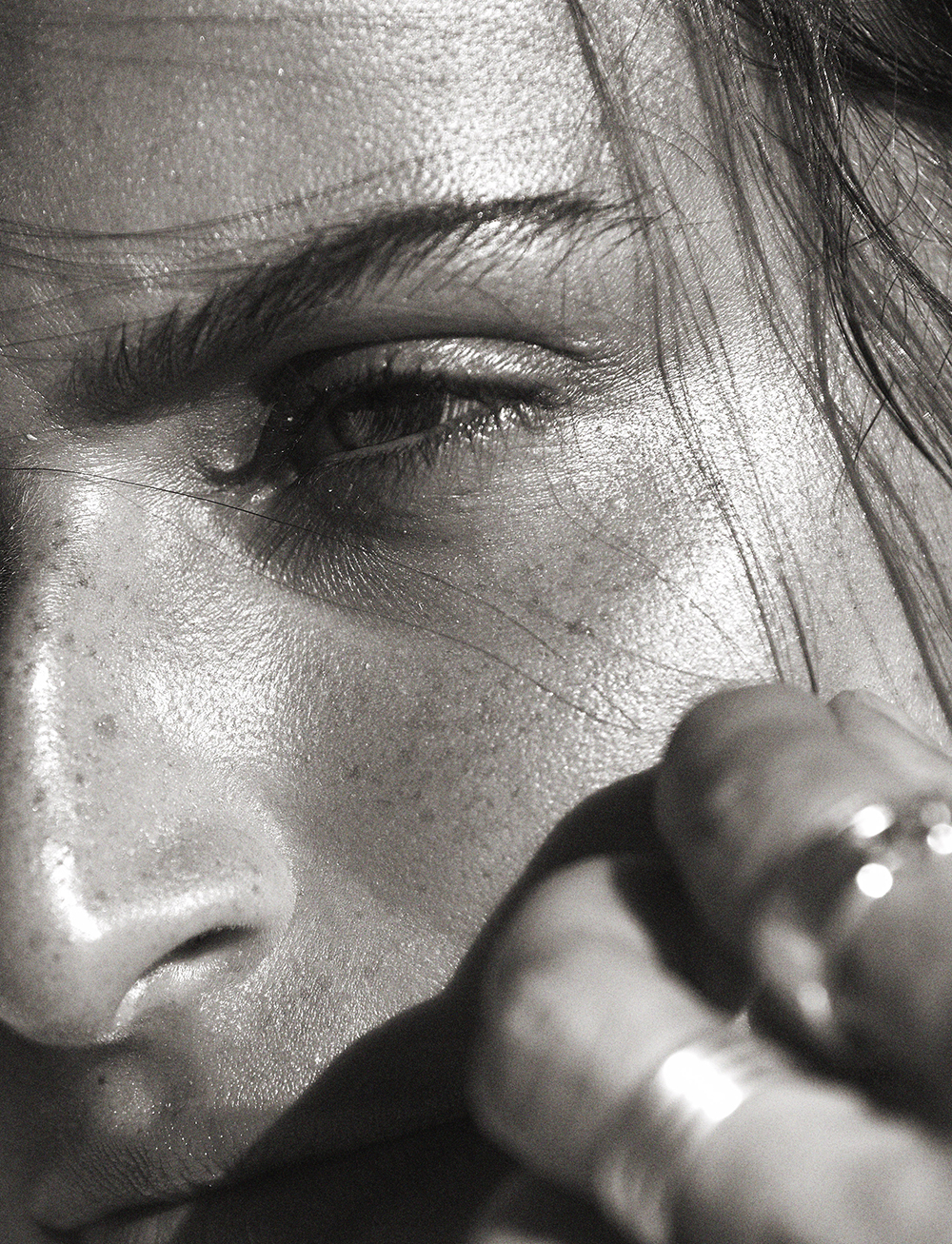 [/responsive]
[/responsive]
Understanding UV
Let’s go back to basics: what is this UV business, anyway? As Dr. Michele Squire, PhD-qualified scientist and founder of Qr8 explains, there are three types of ultraviolet (UV) rays emitted by the sun:
UVA: “These are responsible for 95 per cent of UV rays reaching earth. They penetrate deep into the dermis and cause aging, wrinkles and photodamage.”
UVB: “These rays cause sunburn and tanning. Over time, UVB rays cause skin ageing and skin cancers.”
UVC: “We don’t need to worry about these as they are completely filtered out by the earth’s atmosphere before they reach the surface.”
When it comes to sunscreen, our Therapeutic Goods Administration (TGA) has some of the most stringent regulations in the world. As such, all formulas SPF30 and above that are approved for sale in Australia must be broad spectrum – ensuring you’re protected against both UVA and UVB rays.
[responsive imageid=’34969′ size1=’0′ size2=’641′ size3=’1024′]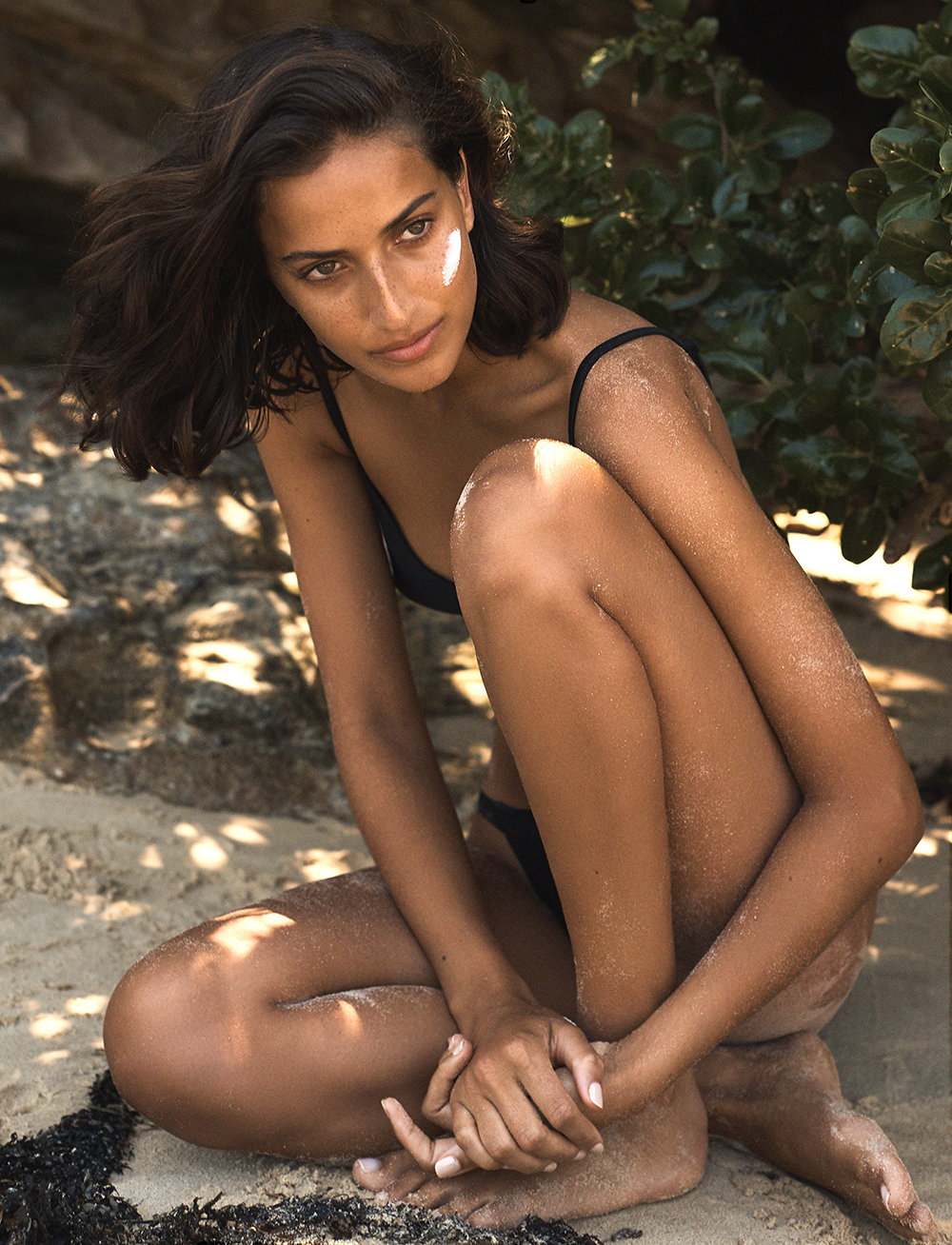 [/responsive]
[/responsive]
Get to know your skin
How often should you get a skin check up? It depends who you ask. Surprisingly, the Cancer Council doesn’t recommend regular skin checks with a professional. “There are a couple of reasons for that,” says Walker. “Firstly, there’s no evidence that it actually reduces deaths from melanoma or skin cancer. And secondly, melanoma grows so quickly, it can become deadly in a matter of weeks.” For the general public, the Cancer Council suggests getting to know your skin and taking note of any changes: “We have an ugly duckling rule; if the mole or spot is looking different, get it checked.” However, those in a high risk category – including anyone with a history of using tanning beds, melanoma or other cancers – should speak to their GP.
That said, other organisations, including CTOM, advocate for regular skin checks with a professional: once per year for the average person and more often for those deemed high risk. So far, six women have discovered in-situ melanomas after booking a skin check on the CTOM’s advice.
…
Want more? To continue reading this article, head over to the Summer 2020 issue of Gritty Pretty Magazine.
GRITTY PRETTY MAGAZINE
SUMMER 2020
[responsive imageid=’34965′ size1=’0′ size2=’641′ size3=’1024′]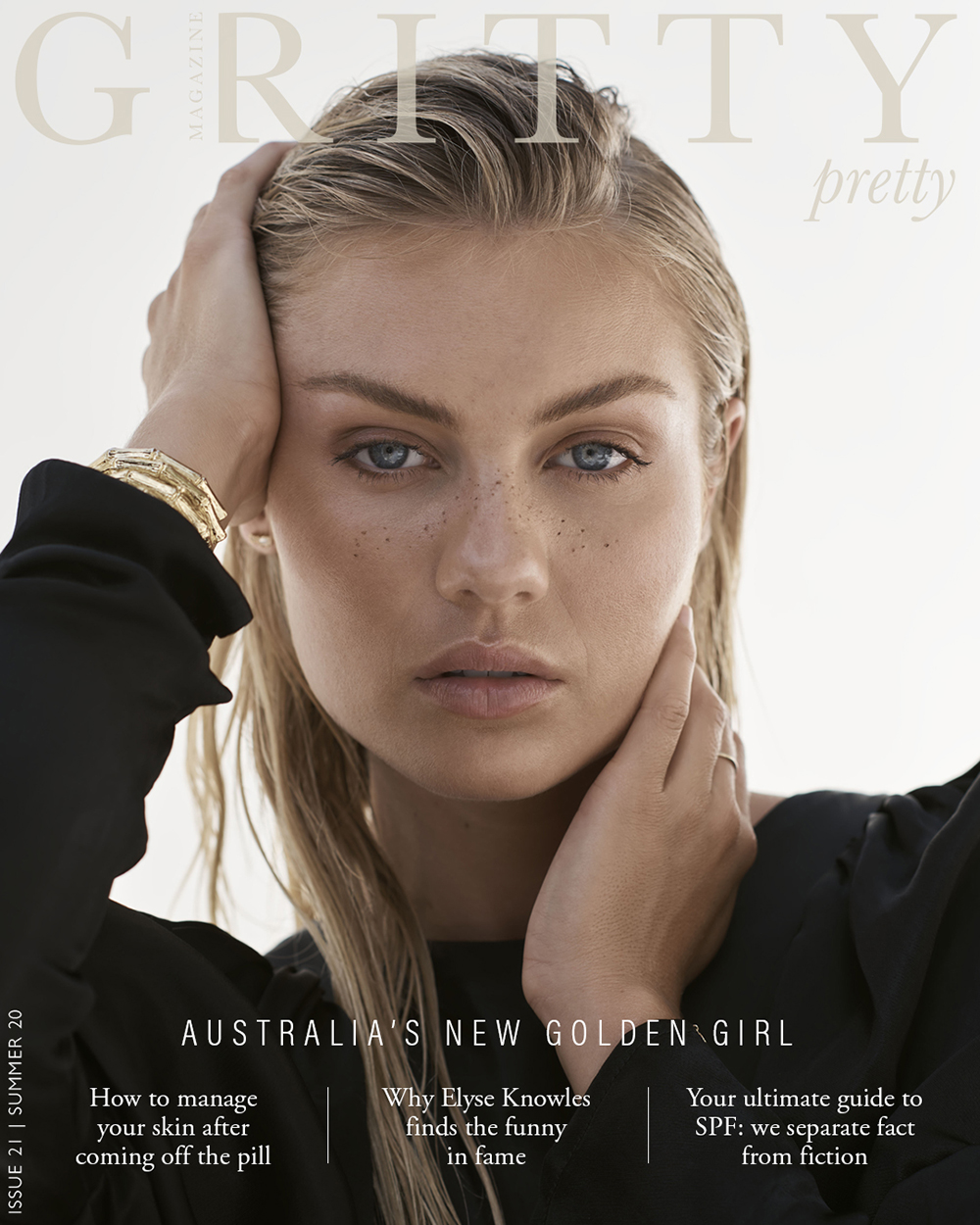 [/responsive]
[/responsive]

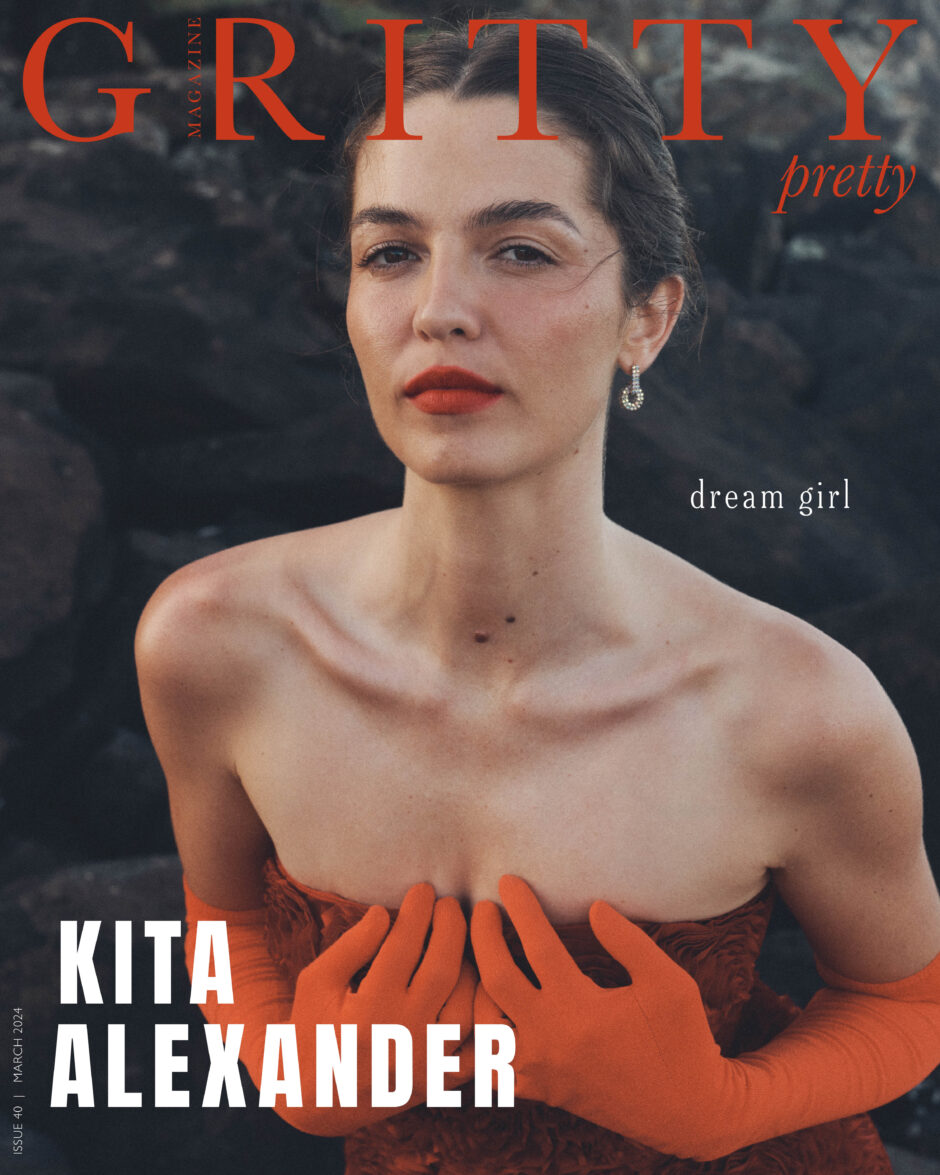
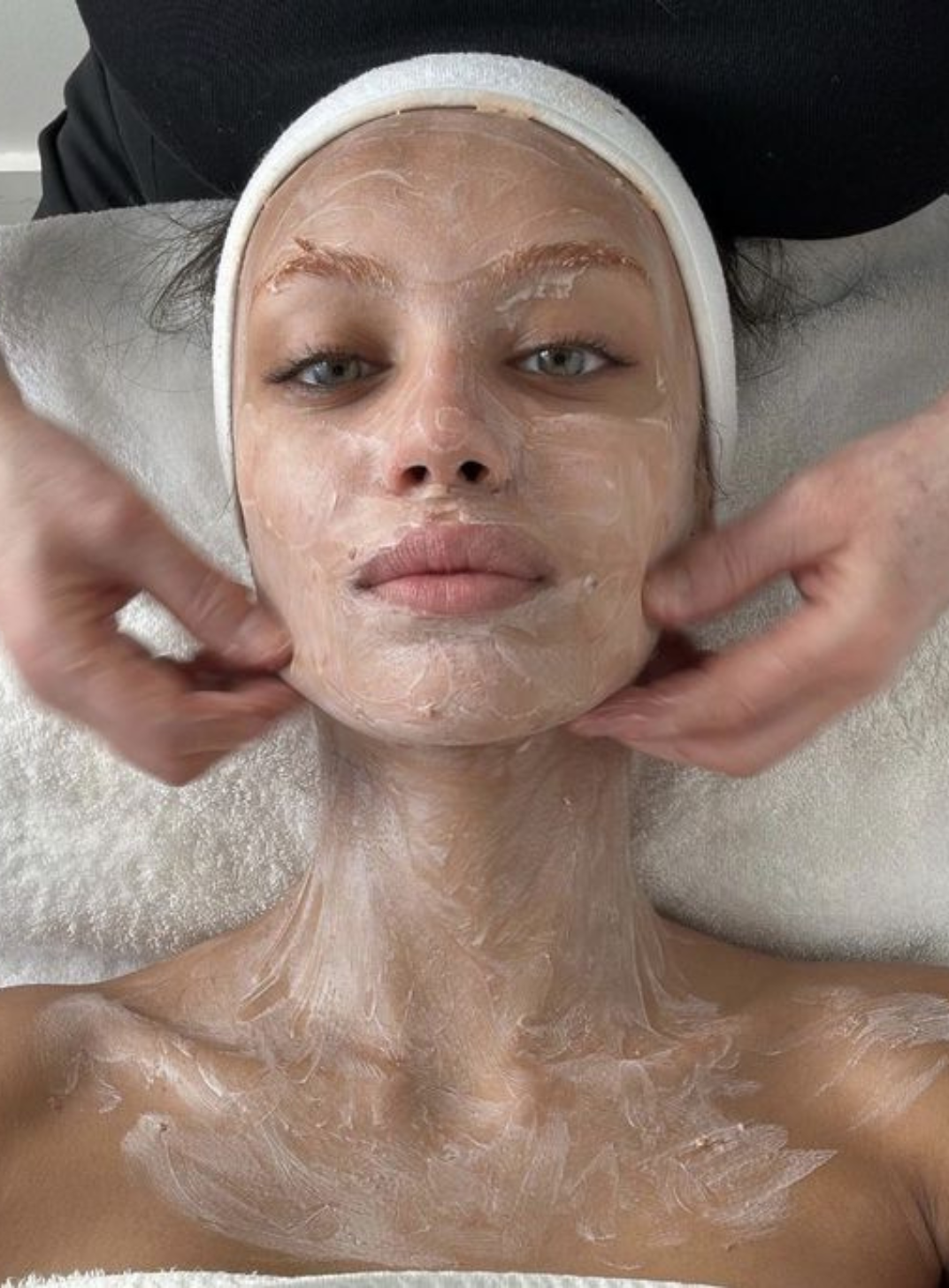

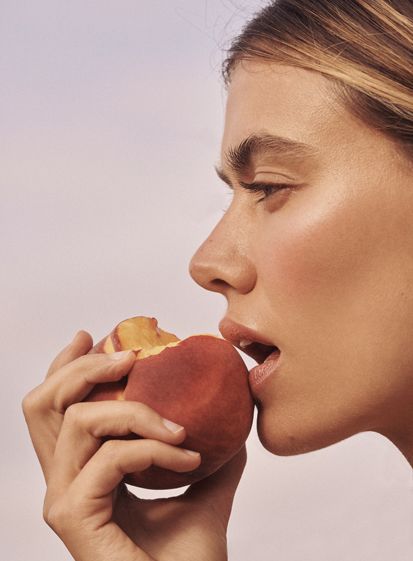
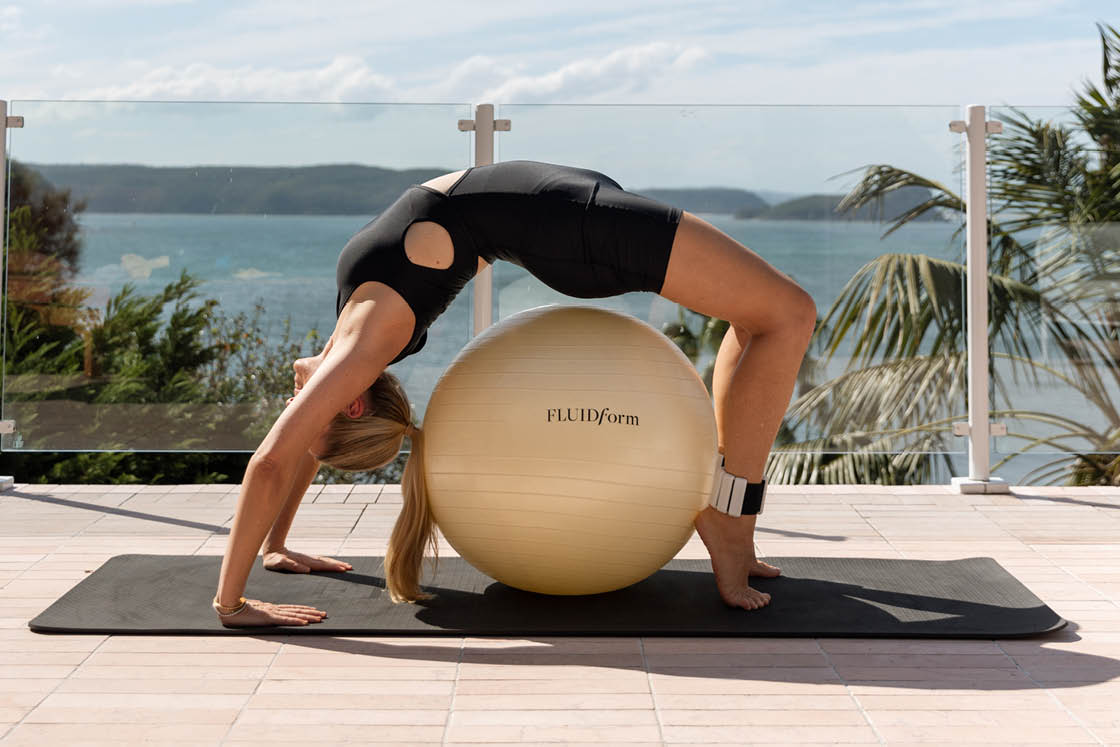
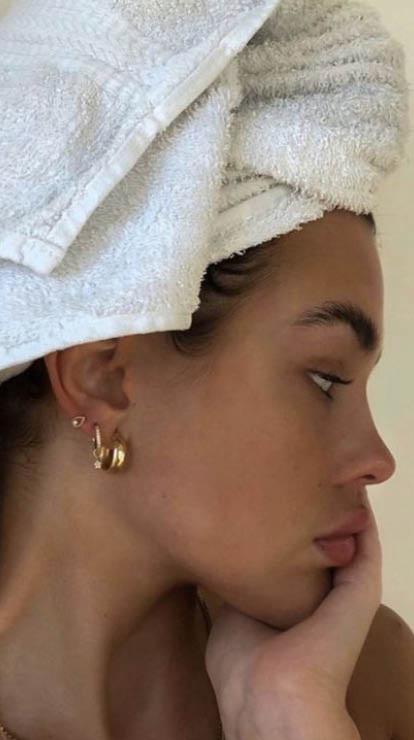
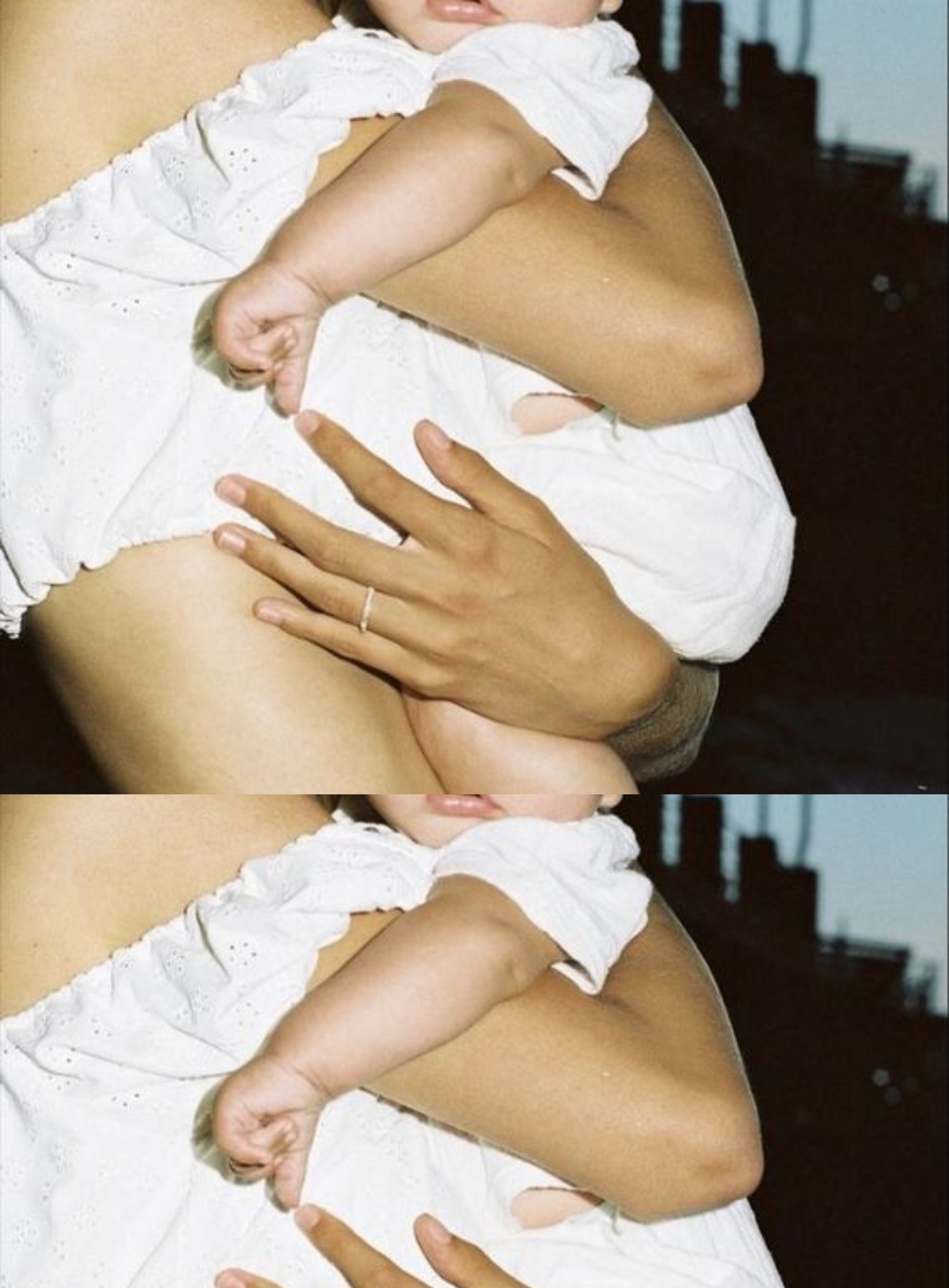
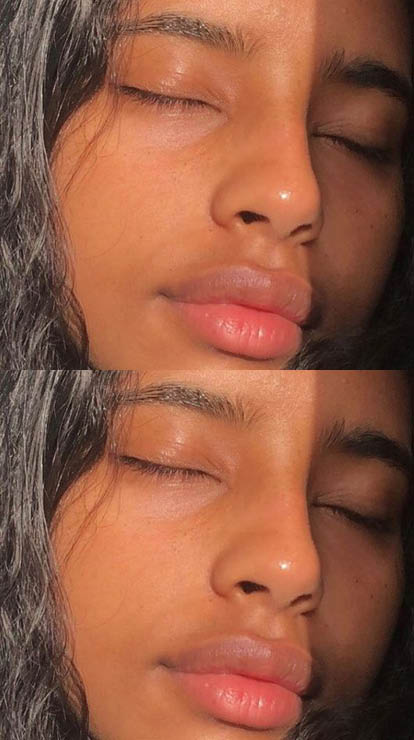
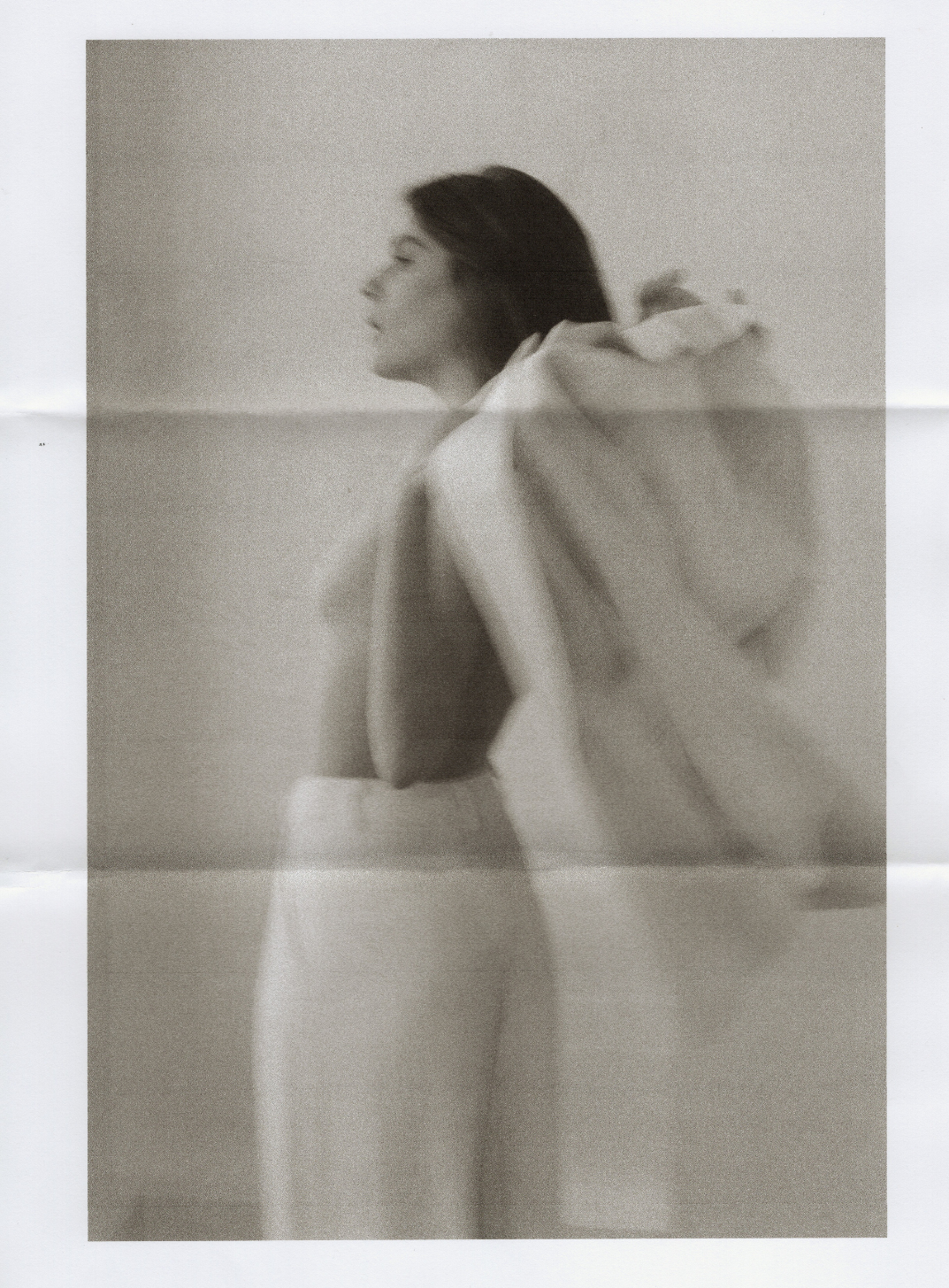
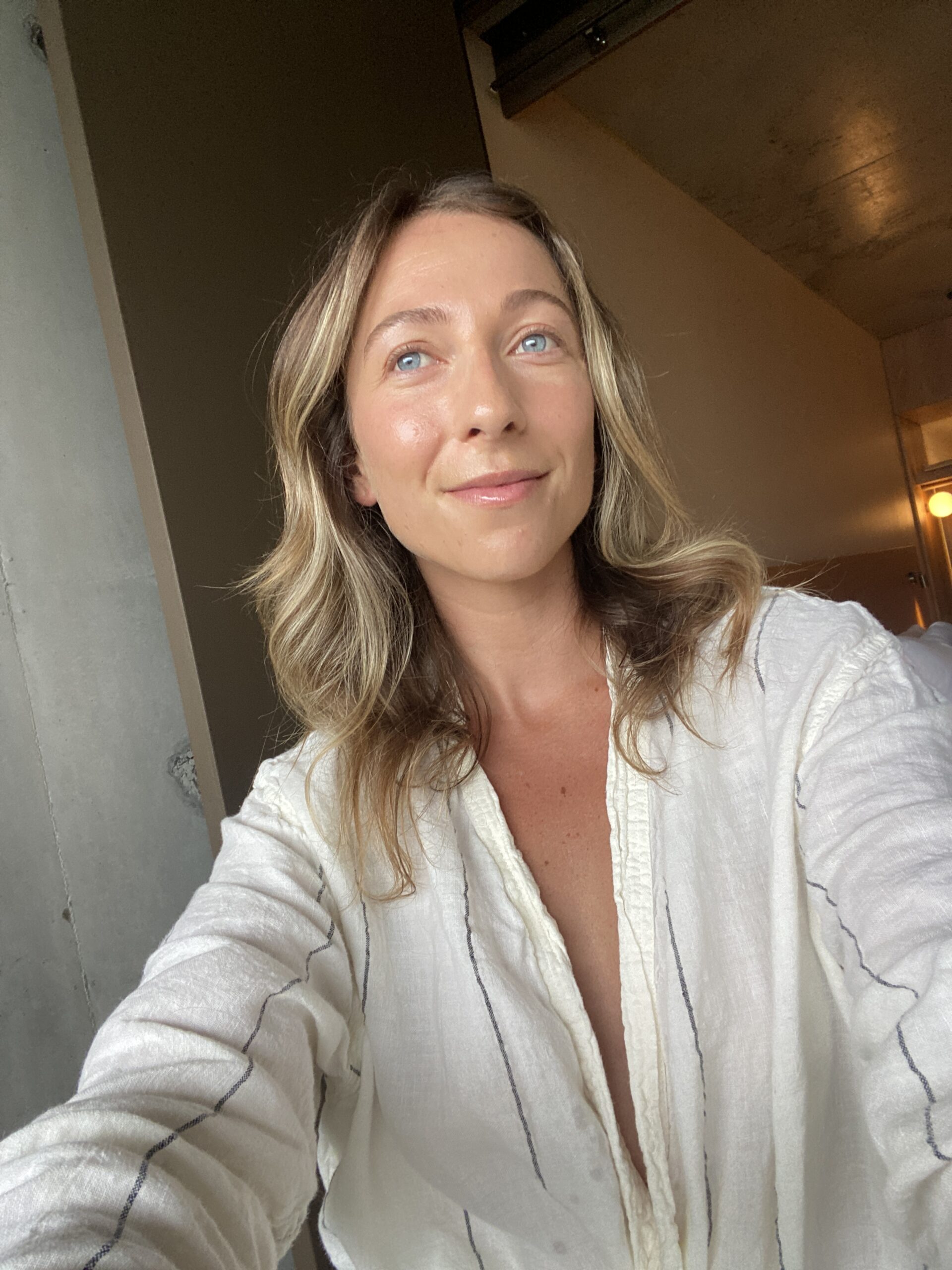
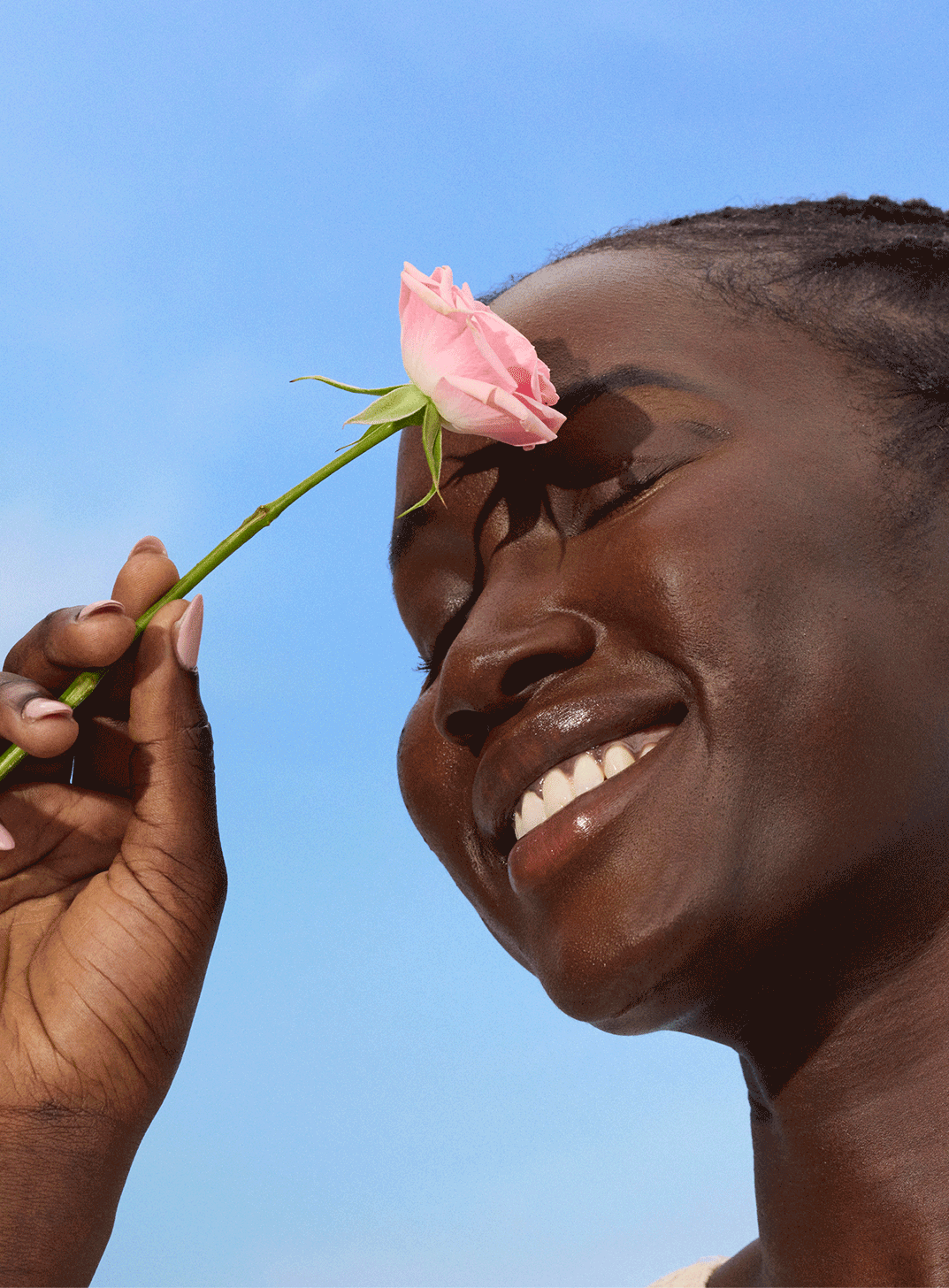
Comments